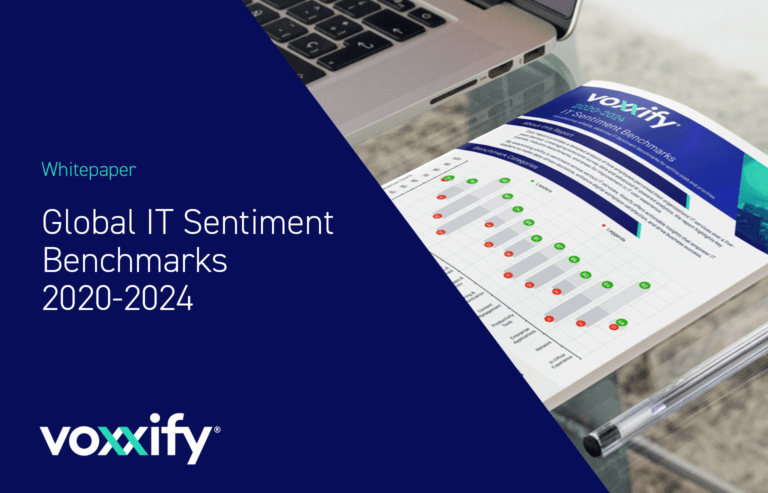We recently worked on the IT Strategy of two Fortune 500 companies as they merged into one, identifying issues with a legacy VPN that was haemorrhaging money thanks to increased support requests.
Now I’ve got your attention with the headline, let’s talk about a serious issue (I’ll come to the headline’s answer a bit later if you keep reading, honest): With homeworking looking like it’s here to stay thanks to the Covid-19 crisis, how a company’s IT set-up might change due to the nature of blended working is critically important for the future of that company
A comment on a recent post about what we learned about homeworking during the Covid crisis illustrates the point perfectly.
Alison Walsh, New Frontiers Programme Manager at the Rubicon Centre, the excellent Cork-based business incubation hub, noted:
“Organisations have extra pressure now to ensure their employees are supported with the right IT tools and infrastructure to facilitate them being as productive as possible when based outside the office.”
No more, perhaps, is this more true than when it comes to a company’s choice of VPN. While cyber security and employee experience might not be the most immediate bedfellows that spring to mind, if the experience offered by a VPN application is poor, employee productivity will suffer and IT support will have to bear the cost – quite literally.
We see a lot of this kind of thing at Voxxify: poor technology leading to poor user experience, resulting in a lot of poor folk on the help desk who are left having to sort things out when they really could be getting on with much more critical issues.
A good example of this comes from a project we recently carried out for two Fortune 500 enterprise companies who were merging and attempting to integrate their legacy IT systems.
To help them identify any issues with this mammothly complex task, we performed four quarterly surveys – what we call a Quarterly IT Pulse – across 12 months of the merger, asking some 100,000 employees from both companies what they thought of the technology they were using.
The staff at one of those companies – let’s call them Company A, to spare Company B’s blushes – had an average VPN satisfaction score of 63.75 with an average support ticket count of just over 5,000 per quarter.
In contrast, over at Company B, their staff had an average VPN satisfaction score of 35.75 while their IT support was groaning and creaking under the pressure of more than 15,000 tickets every quarter. In simple contrast terms an employee satisfaction score of around half that of their new colleagues was resulting into three times as many support ticket requests.
If we look at that in cold, hard cash terms, the argument for surveying employees in a scenario like this is even more convincing. Company A’s support costs over the period were $312, against company B’s $731k, while productivity costs were $301k for Company A against $906k for Company B.
By showing the need for Company B to upgrade their VPN, we helped the newly merged co. – let’s call them Company C – save a cool $1m dollars over 12 months. (See I told you I’d get to it). And that was in VPN costs alone – our Quarterly IT Pulse surveys picked up on a host of other issues that resulted in cost savings elsewhere too.
It’s easy to see how IT execs at Company B might have missed this. People are busy, they get bogged down, they think changing a legacy system is too much hassle…. Sometimes it’s just easy to miss the simple solution when we are chasing our tails: but if you really want to know how well the IT you employ is faring, just ask the people who use it. Who knows? It could even save you a million bucks.



